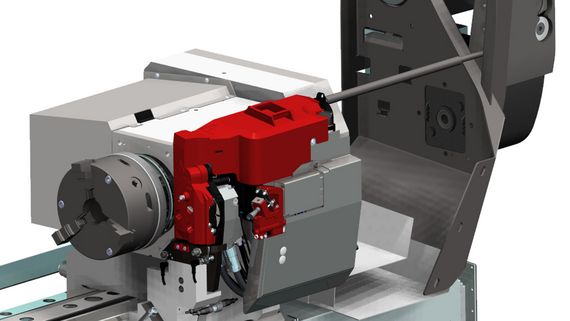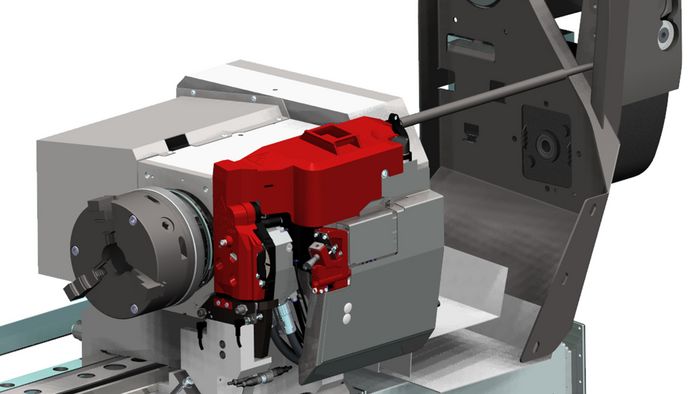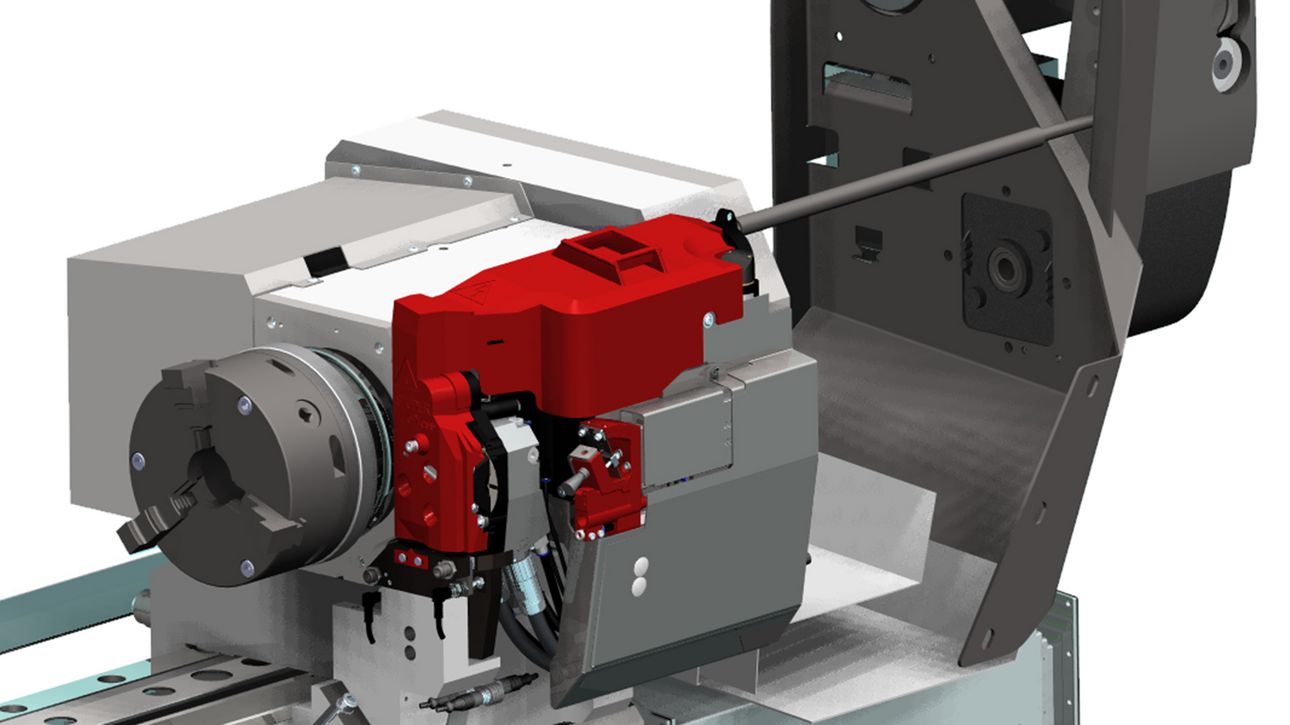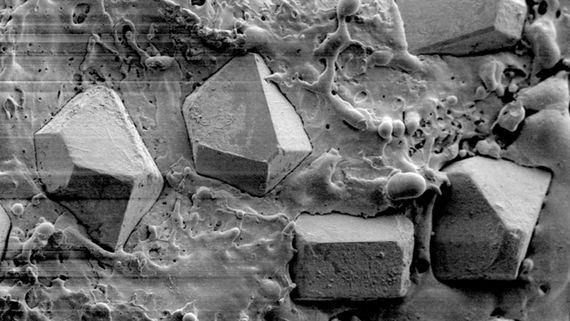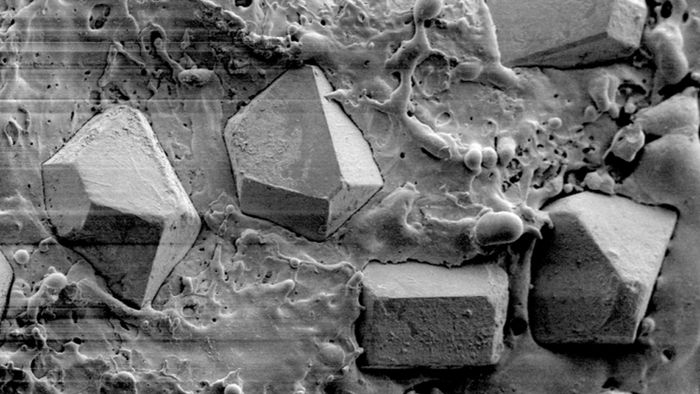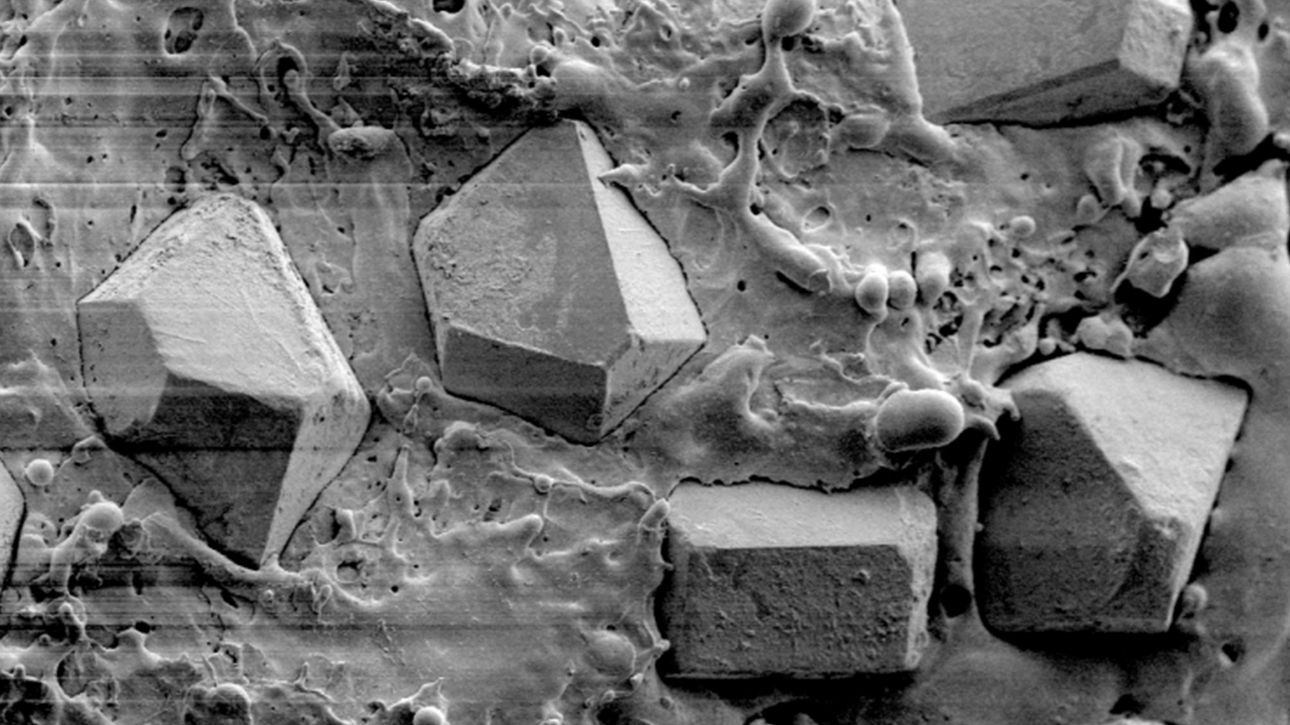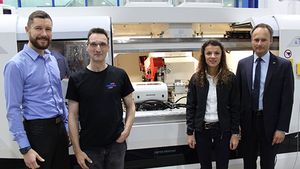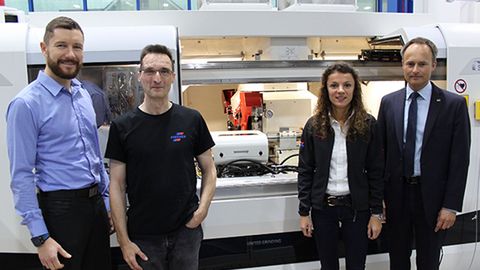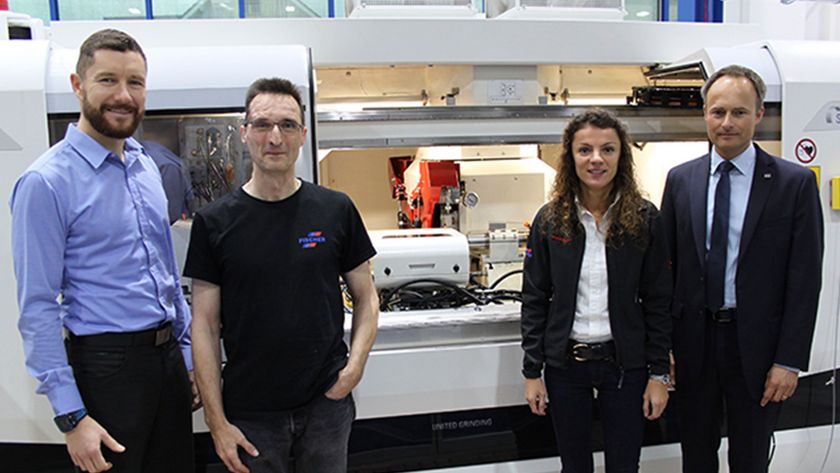Completely new possibilities in grinding with metal bonded CBN and Diamond wheels: This is made possible by WireDress® from STUDER. Not only does this innovative, electro erosive integrated dressing technology save massive downtime, it also enables sintered metal bonds to be dressed with the highest precision in the grinding machine at full wheel speed.
WireDress® dressing technology
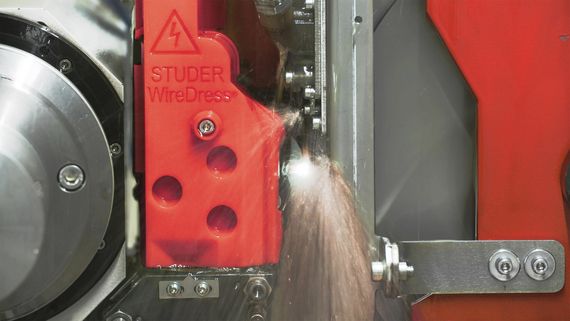
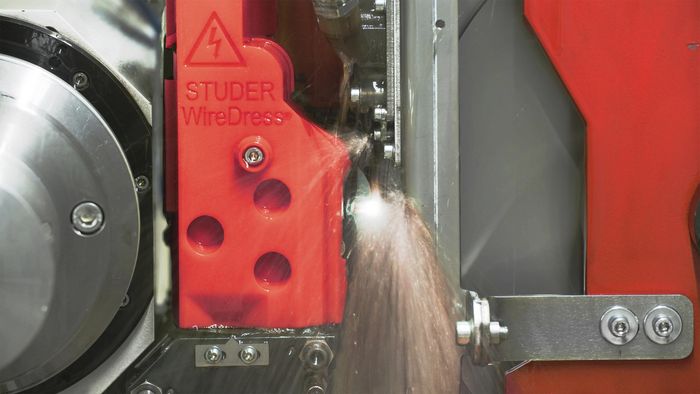
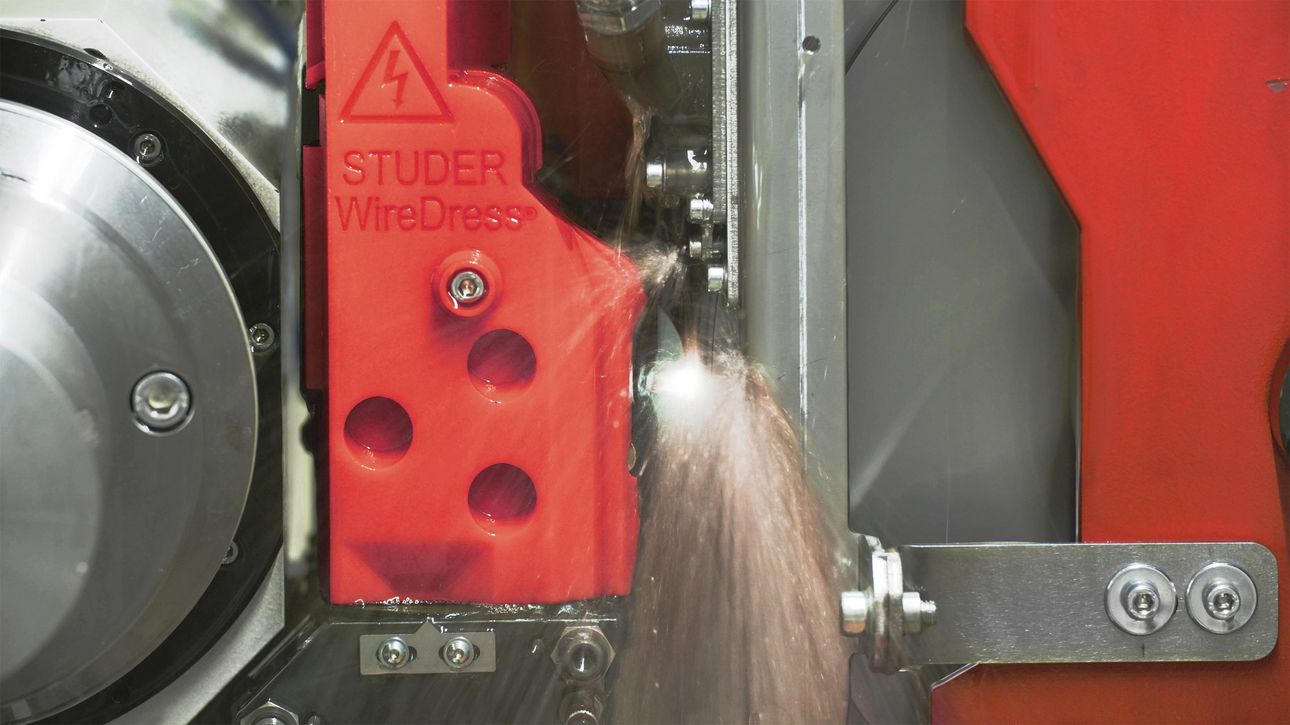
But how does this dressing technology work?
Michael Klotz, project manager for development at Fritz Studer AG, explains it this way: "It is a well-known fact that metal-bonded grinding wheels are much more durable and dimensionally stable when machining difficult-to-machine materials and ultimately enable higher productivity. The problem with this is that metal bonds can only be dressed to a very limited extent using conventional methods in the grinding machine. In addition to this there is a high dressing tool wear associated with a low cutting ability. This is neither an operator-friendly, nor a high quality and process consistent dressing method”. That's why the "best" bond – the metal bond - is rarely used.
"STUDER has developed, along with technology partners, the machine-integrated WireDress® dressing technology. Here, the dressing is done at full wheel speed. In contrast to conventional mechanical or external EDM dressing, WireDress® dressing occurs by a modified wire erosion in the grinding machine, where the grinding oil serves as a dielectric. The dressing process is contactless and wear-free. The grit itself is not dressed, the metallic bond around the grit is removed. Depending on how deep the grit is embedded in the bond, it either falls out or remains with original sharpness in the bond. The grinding wheel receives a high grain clearance for maximum cutting capability, lower grinding forces and low burning risk. You can now harness the capabilities of metal bond with WireDress®. Using a bond with a high dimensional stability, almost any profile can be precision-contoured in the μm (40mill") range. Long dressing intervals can be achieved.
Yet another plus: the accurate processing of sophisticated or smallest geometries that was neither economical nor possible before, now becomes feasible. Compared to grinding with ceramic-bonded grinding tools, significant increases in productivity in the range of at least 30 percent is realistic, with resin bonds, even more is possible. With a sintered metal bonded grinding wheel, you can even go beyond the limit - you can just re-dress it in the machine again. With a conventional with galvanic boned grinding wheel you can only go over the limit once.

WireDress® - the new Generation
WireDress® had a drawback up to now. The device took up a lot of space on the table, which limited the usable length in the machine. Now STUDER is launching the new generation on the market. WireDress® is now much more compact and sits directly behind the workhead, making it more flexible and also more powerful than its predecessor.
This has changed compared to the previous model.
- Now the full centre distance can be used, there is no restriction from the dressing device, which is now placed behind the workhead
- The new generation WireDress® is 20 percent faster than its predecessor
- WireDress® is a right and left dresser in one, it can be automatically swiveled to two positions.
- By swiveling the dresser, higher shoulders and deeper profiles can now be dressed with a universal dressing tool - the wire
- Large grain sizes up to B151 (D151) can now be dressed for maximum cutting performance (depending on the bond)
- It has an extended sensory monitoring capability
Conclusion
WireDress® makes it child's play to dress metal-bonded grinding wheels. STUDER believes that this will bring massive productivity boosts to users grinding carbide, steel and ceramics.




